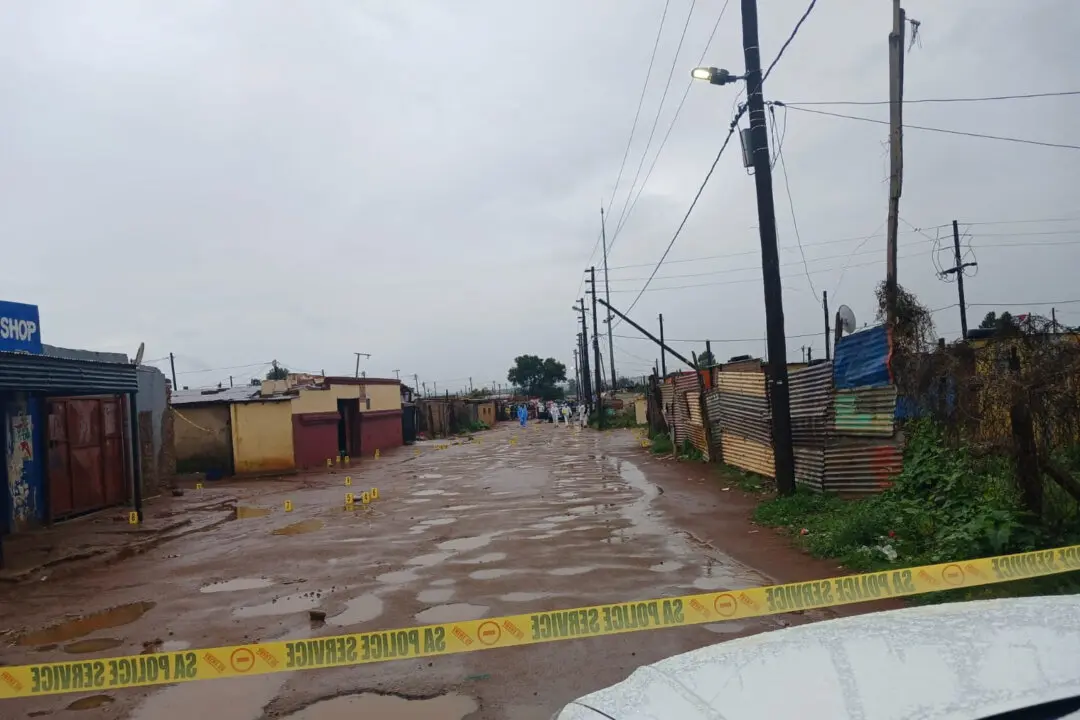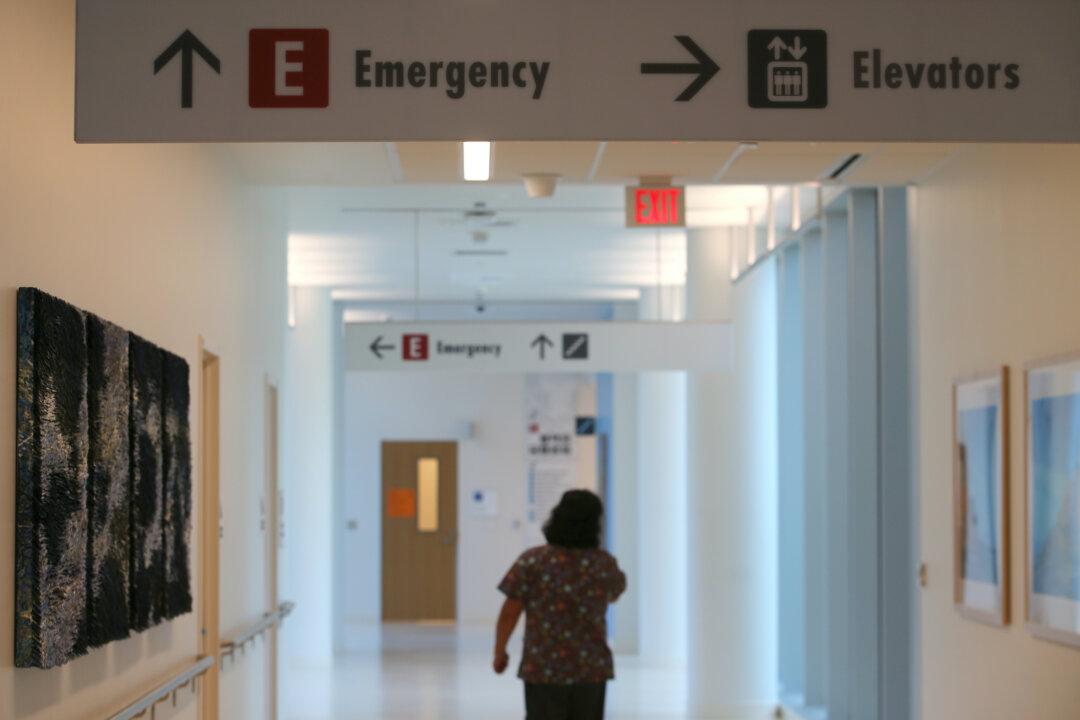BORACAY, Philippines—The Philippines reopened its top holiday island on Oct. 26, promising sustainable tourism and a greener environment as it welcomed back visitors after a six-month cleanup ordered by a president who had described it as a “cesspool.”
Hundreds of excited tourists barred from Boracay since April trooped to a jetty that is the gateway of the 4-square-mile island, famed for its powdery white sands, turquoise waters, lively nightlife, and abundant water sports.






